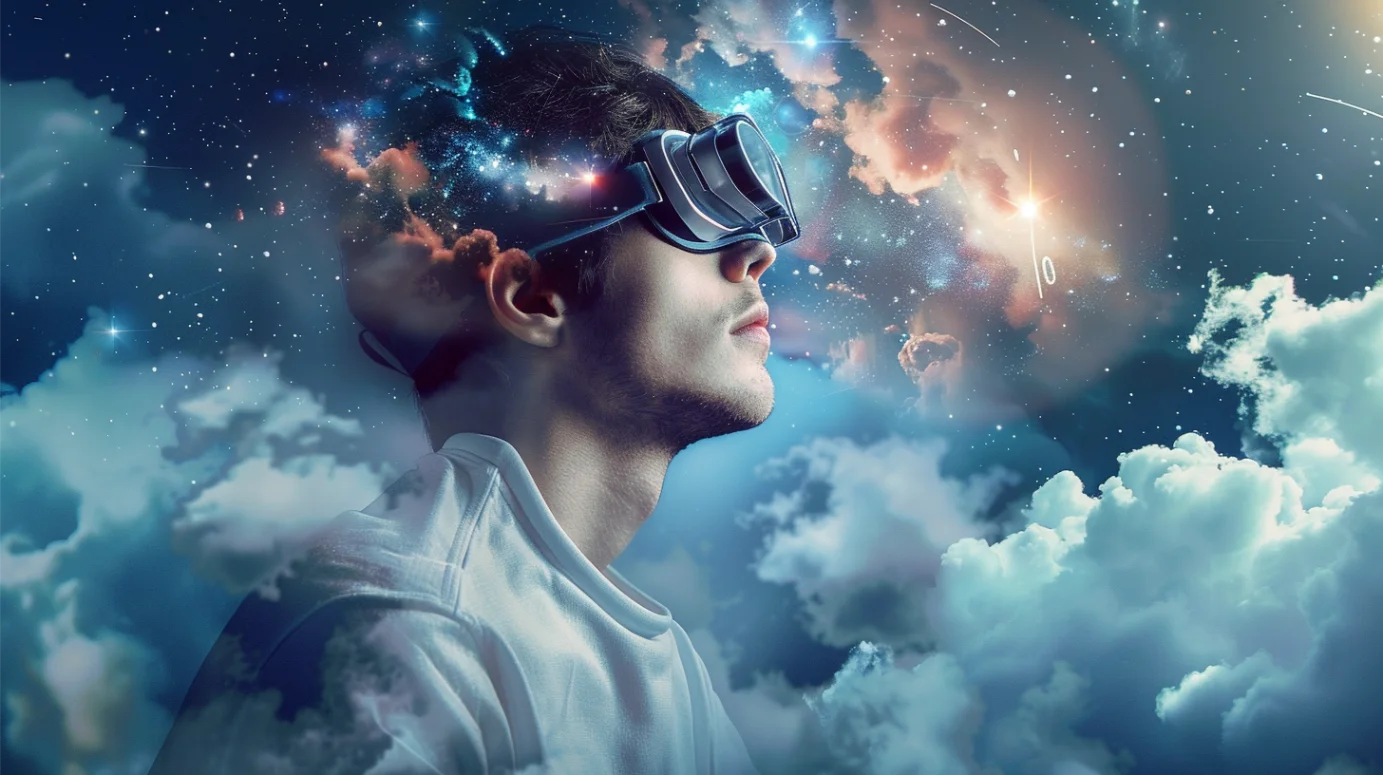Dreams have always been a fascinating aspect of the human experience. They are a window into our subconscious mind, reflecting our thoughts, emotions, and experiences. In recent years, the rapid advancement of technology has had a significant impact on various aspects of our lives, including our dreams. In this blog post, we will explore the influence of technology on dreams and how it shapes our nocturnal adventures.
The Digital Dreamscape
The rise of digital devices and the internet has transformed the way we consume information and interact with the world. It’s no surprise that this digital immersion has also found its way into our dreams https://hiddensignificance.com/. Many people report dreaming about:
- Scrolling through social media feeds
- Receiving notifications and messages
- Playing video games
- Navigating virtual worlds
These digital elements often blend seamlessly with the surreal nature of dreams, creating a unique dreamscape that reflects our waking experiences.
The Impact of Screen Time on Sleep and Dreams

Excessive screen time, especially before bedtime, can have a profound impact on the quality of our sleep and the content of our dreams. The blue light emitted by electronic devices suppresses the production of melatonin, a hormone that regulates sleep. This disruption can lead to:
- Difficulty falling asleep
- Fragmented sleep patterns
- Vivid and intense dreams
- Increased likelihood of nightmares
To mitigate these effects, it’s recommended to limit screen time before bed and establish a relaxing bedtime routine that allows your mind to unwind.
Technology as a Dream Inspiration
While technology can disrupt our sleep, it can also serve as a rich source of inspiration for our dreams. The constant exposure to diverse content, images, and ideas through various media platforms can fuel our imagination and manifest in our dreams. For example:
- A sci-fi movie marathon might lead to dreams of futuristic worlds and advanced technologies
- Playing a challenging puzzle game before bed could result in dreams of solving complex problems
- Engaging with thought-provoking content online may inspire philosophical or introspective dreams
By consciously consuming stimulating and creative content, we can harness the power of technology to enhance our dream experiences.
Lucid Dreaming and Technology
Lucid dreaming, the awareness of being in a dream state and the ability to control the dream, has gained popularity in recent years. Technology has played a significant role in making lucid dreaming more accessible and easier to achieve. Various apps, devices, and techniques aim to induce lucid dreams, such as:
- Dream journaling apps that help you record and analyze your dreams
- Wearable devices that detect REM sleep and provide cues to trigger lucidity
- Brainwave entrainment audio that promotes states conducive to lucid dreaming
While the effectiveness of these technologies varies, they have undoubtedly contributed to the growing interest in lucid dreaming and the exploration of the dream world.
The Future of Technology and Dreams
As technology continues to advance, it’s likely that its influence on our dreams will only grow. Some potential future developments include:
- Virtual reality dreams: Immersive VR experiences that allow us to enter and interact with our dreams in a more tangible way
- Dream sharing: The ability to share and experience dreams with others through advanced neural interfaces
- Dream therapy: Using technology to manipulate dream content for therapeutic purposes, such as overcoming phobias or processing trauma
While these concepts may seem far-fetched, the rapid pace of technological progress suggests that they could become a reality sooner than we think.
Balancing Technology and Dreaming
As we navigate the increasingly tech-saturated world, it’s important to find a balance between embracing the benefits of technology and preserving the sanctity of our dreams. Here are some tips to maintain a healthy relationship with technology and promote better sleep and dreaming:
- Establish a tech-free bedtime routine: Avoid using electronic devices at least an hour before bed to allow your mind to unwind and prepare for sleep.
- Create a sleep-conducive environment: Keep your bedroom dark, quiet, and cool to promote restful sleep and vivid dreams.
- Practice mindfulness and relaxation techniques: Engage in activities like meditation, deep breathing, or gentle stretching to calm your mind and body before bed.
- Limit exposure to stressful or disturbing content: Be mindful of the media you consume, especially before sleep, as it can influence the emotional tone of your dreams.
- Embrace the power of imagination: Engage in creative activities, such as reading, writing, or drawing, to stimulate your imagination and enrich your dream life.
By finding a balance between technology and dreaming, we can harness the benefits of both worlds and unlock the full potential of our nocturnal adventures.
Conclusion
The influence of technology on dreams is a complex and evolving phenomenon. While technology can disrupt our sleep and shape the content of our dreams, it also offers exciting possibilities for dream exploration and personal growth. As we continue to navigate this digital age, it’s crucial to be mindful of how we interact with technology and its impact on our well-being, both in our waking lives and in the realm of dreams. By embracing the positive aspects of technology while maintaining a healthy balance, we can unlock the transformative power of our dreams and gain valuable insights into our subconscious mind.
